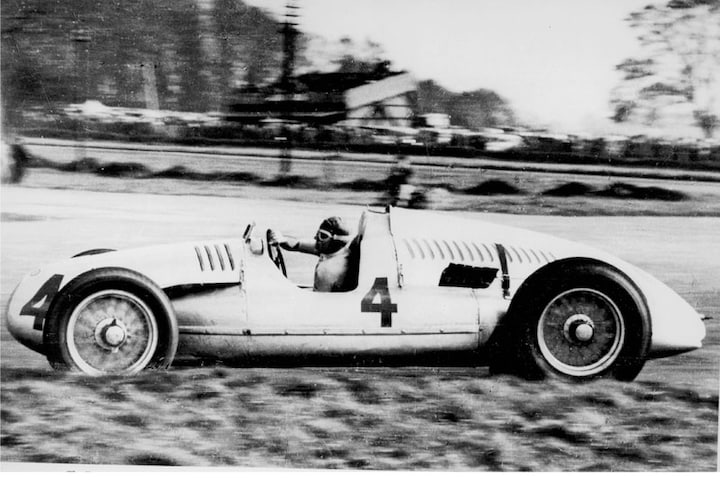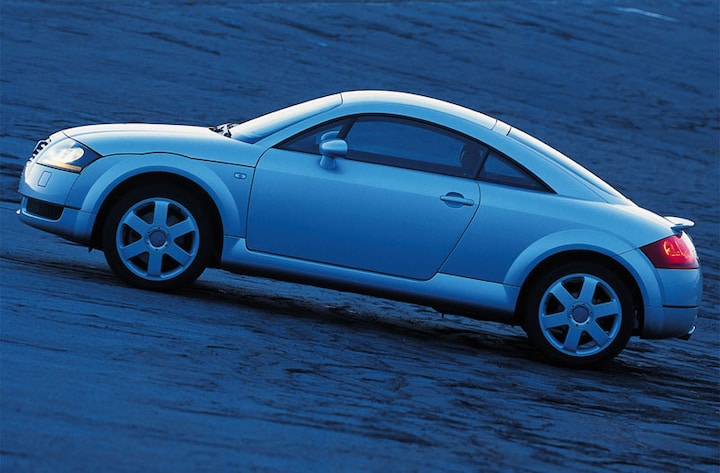25 years ago

First unveiled at the 1995 Frankfurt Motor Show as the TTS Concept, the Audi TT looked so futuristic that many thought it would definitely never go into production, especially considering the beautifully but safely styled mid-range cars Audi was making at the time . In 1999 (25 years ago!) the Germans started selling the TT and the model was almost immediately declared a car design masterpiece. Car designer Niels van Roij about the special model, which has now achieved iconic status.

Audi TTS Concept from 1995.


The Audi TT sculpture is industrial. The non-automotive, hardly dynamic, extremely symmetrical approach to the profile and exterior proportions remains unique to this day. The Auto Union racers of the 1930s clearly provided the design team with inspiration. The recognizable proportional influences of those models are clearly visible in the TT. Without a retrospective design, the Unions were freshly reinterpreted with a strict, systematic Bauhaus approach.

The TT skin is distinctive: round. Spherical, but not in a friendly way, but like an extrusion profile or curved sheet metal: hard, precise and accurate. Vorsprung durch Technik in steel, a radical step. Away from organically shaped sections, which were and are the norm in car designs.
Viewed from the side, the rear graphics almost exactly mimic those on the front. Combined with the almost horizontal course of the beltline and the edges of the sills, it makes the TT truly unsurpassedly original. The virtual absence of the typical wedge shape, which characterizes the vast majority of sports cars, makes for a truly exceptional car design.



Unfortunately, the TT’s smooth rear end had not been adequately tested for high-speed use. Many overzealous drivers found that when pushed to its limits, the car was prone to sudden oversteer. Audi responded shortly after its introduction with a recall and a fix: in addition to a series of technical changes under the clean skin, Audi’s aerodynamics engineers also added a small rear spoiler for more downforce. These spoilers were omitted from the update by some owners at the time, as it harmed the overall purity of the sculptural form. These original spoilerless TTs are now the most sought after by collectors and enthusiasts.

The first Audi TT is an example of exceptionally strong and consistent automotive design work, from its unique proportions to the body surfaces and small, fine details. The motorsport-inspired aluminum fuel cap, for example. This is reflected everywhere in the exterior and interior design of the TT: from the wheel center to the steering wheel, air vents on the dashboard, hands in the clocks, on the lever and around all kinds of buttons. This theme remained important, also for the design of the second and third generations, but was never applied with such design skill and dedication. Buttons, counters and steering wheels tailor-made for a specific model – which is also relatively at the bottom of the range – is a very expensive affair.
Audi left its mark with the unusually drawn and intensely original creation and production of the TT. Partly thanks to this icon, the company became a serious competitor to BMW, Mercedes-Benz and other premium brands.
– Thanks for information from Autoweek.nl